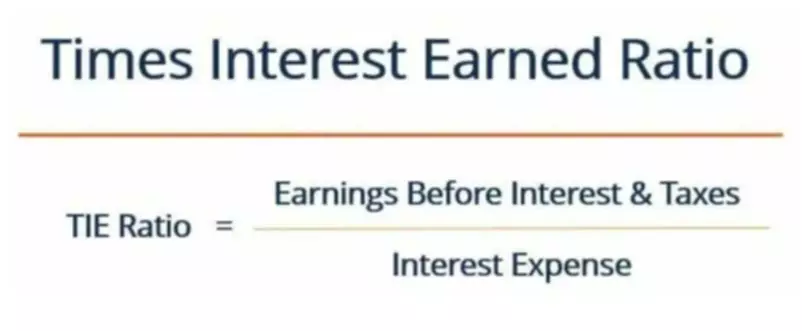Content

It can be used to help you simplify, plan, budget, automate and accurately report on your operations. Put simply, ERP software allows you to reduce the use of unnecessary resources without sacrificing quality. In addition to profitability, pricing decisions can also impact other strategic objectives, such as market share and customer satisfaction.
Indirect overhead costs are special for machinery and equipment, label printing, or factory supplies. For example, if a manufacturing project requires 40 hours of work/week from a worker paid $25/hour, and the project takes 4 weeks, the direct labor cost is $4000. Rose Burn’s manufacturing overhead is $170,000 ($50,000 manufacturing supervisor gross pay + $60,000 factory rent + $45,000 factory utilities + $5,000 depreciation + $10,000 supplies).
Production Costs vs. Manufacturing Costs: What’s the Difference?
Don’t add in accounting and human resources staff salaries, for example. For example, the cost of special oil used in a piece of manufacturing machinery is considered indirect material. Total manufacturing costs are often conflated with the cost of goods manufactured .
The process itself introduces a myriad of variables, ranging from input and output to direct and indirect costs. As a result, it’s a good idea to know how to use the total manufacturing cost formula. Total manufacturing costs showcase how much your company spent to produce its inventory in a given period of time. This includes a thorough account of the cost of overhead, materials used, labor, and any other manufacturing expenses that contributed to completing the product. This is not to be confused with the cost of goods manufactured , which refers to just the cost of inventory that was finished and prepared for the sale in the period. Rather, total manufacturing costs include all related costs accrued in the period.
Manufacturing Cost vs. Production Cost
Manufacturing overhead refers to expenses on external costs, like electricity, rent, insurance, maintenance costs, etc. It’s important to factor in both your direct and indirect costs when using the total manufacturing cost cost formula. Knowing the total manufacturing cost formula can give you insights into where inefficiencies exist.
ERP/MRP software can also pre-apply the manufacturing overhead costs to your products according to an estimated rate. This gives a better insight into cost and profit in real-time, without having to wait until the financial period end, and thus helps you to price your products better. At the end of an accounting period, you can compare if the overhead was under- or overapplied and adjust the rate accordingly. When calculating total manufacturing cost, we only care about the costs incurred in the accounting period.

